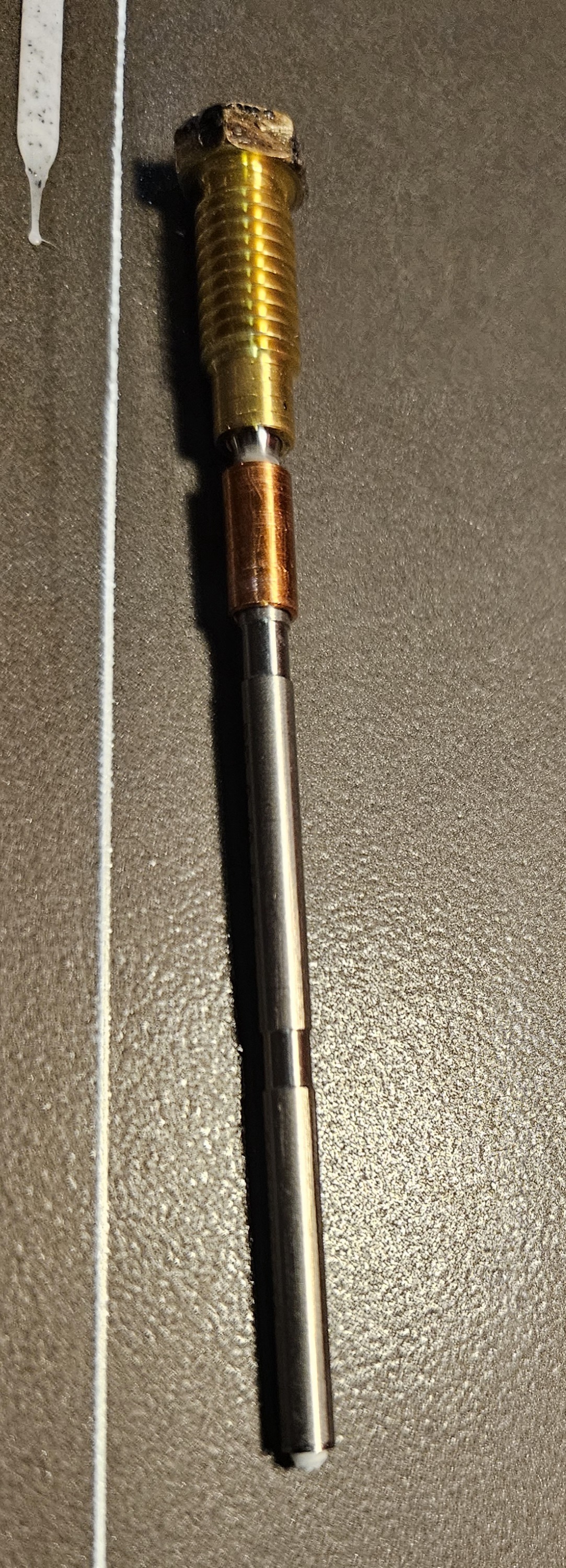3DPrinting
3DPrinting is a place where makers of all skill levels and walks of life can learn about and discuss 3D printing and development of 3D printed parts and devices.
The r/functionalprint community is now located at: !functionalprint@kbin.social or !functionalprint@fedia.io
There are CAD communities available at: !cad@lemmy.world or !freecad@lemmy.ml
Rules
-
No bigotry - including racism, sexism, ableism, homophobia, transphobia, or xenophobia. Code of Conduct.
-
Be respectful, especially when disagreeing. Everyone should feel welcome here.
-
No porn (NSFW prints are acceptable but must be marked NSFW)
-
No Ads / Spamming / Guerrilla Marketing
-
Do not create links to reddit
-
If you see an issue please flag it
-
No guns
-
No injury gore posts
If you need an easy way to host pictures, https://catbox.moe may be an option. Be ethical about what you post and donate if you are able or use this a lot. It is just an individual hosting content, not a company. The image embedding syntax for Lemmy is 
Moderation policy: Light, mostly invisible
view the rest of the comments


I do not own a Prusa, so take this advice with a grain of salt, but should be universal advice.
Slowly heat the tube up, starting from the nozzle end. You can use a soldering iron but I've always used a small handheld blow torch on low, much quicker and no chance of plastic-ing my iron.
Once the filament starts increasing in temp, it will start to expand, this usually pushes a chunk of solid filament out the end. Use some pliers to slowly and gently pull the filament out.
The ultimate goal is to heat the filament up just enough to push that bit out and soften the plastic inside. When you pull out the solid end, you want to to it slowly enough that the softened filament "strings" out with the solid piece. If you've ever pulled a glob off your nozzle and watched it slowly peel off as it strings away you'll know exactly what I mean.
You won't get 100% of the clog out this way, but if you do it right you should at least get it cleared enough to be able to stick a cleaning tool down there and get the rest out. That being said, I've always torched the hell out of my metal hotend parts (nozzles/ heat blocks and throats starting to glow red) to clean them and never had issues come from it, but your Prusa is a bit fancier and much more expensive than my barbarian of a printer, might be more sensitive to the minor changes that may occur from such heat cycles.
Shoot me a message or reply if you still need help. Clogs are my nemesis.
Blowtorch will heat this up way too hot.
Try to get it to a high enough temperature to insert filament to do a cold pull and repeat..
Electrical heat gun (paint stripper) is hot enough. Gas based torches will change the stiffness of your material and you will regret it.
Any particular reason? As explained above I regularly heat my hotend components to the point that they emit a light glow to remove all the plastic particulates and have never had an issue related to it.
You’re affecting the hardness of the metals if you’re heating them to glowing point, because you’re heat treating them. The actual consequence is probably minimal, but you could potentially be softening the brass tip which could affect the rate of wear. From skimming a few random online sources, brass is only work-hardened, so if the nozzle was previously hardened, you’re un-hardening it (apparently quenching from high heat only hardens ferrous metals like iron and steel?).
I see. Nozzles are cheap enough (when you get the cheap Amazon ones I do) so that I don't mind possibly eventually buying a few more to save myself massive amounts of time now, but it's good to know what the actual problem is